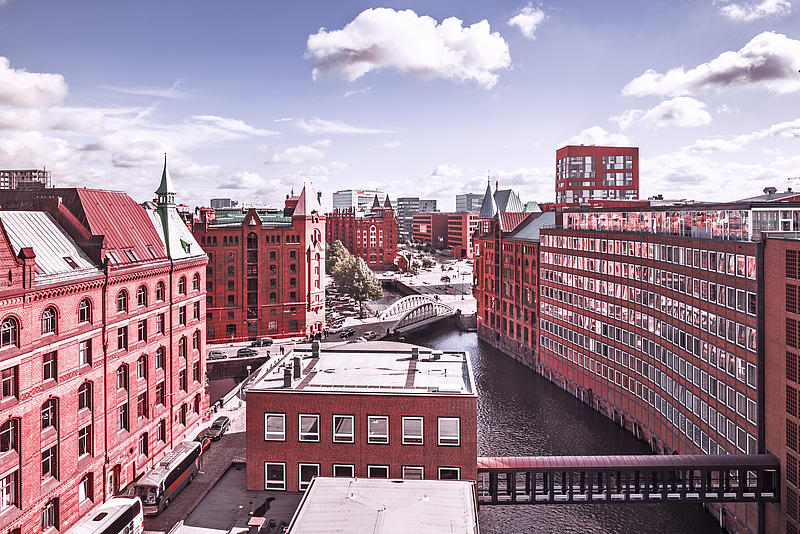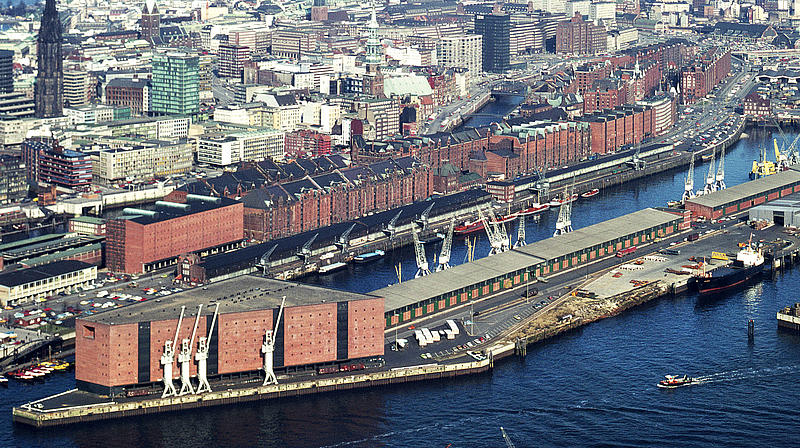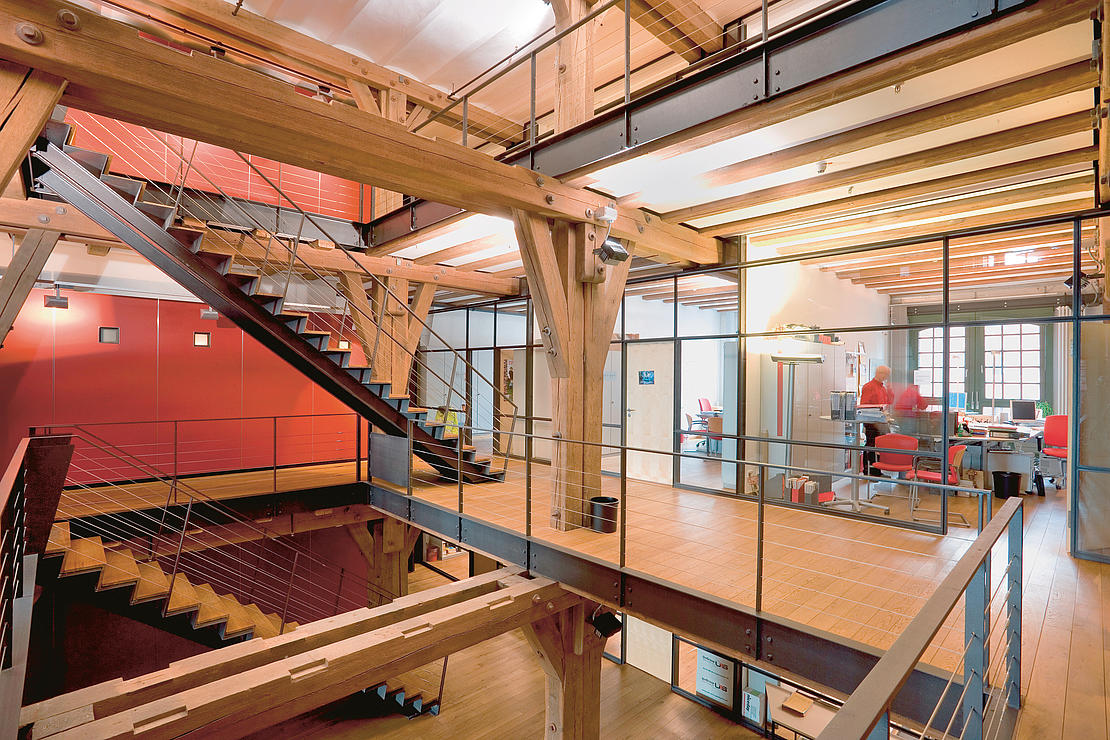Shaping the structural transformation
Today, Hamburg’s Speicherstadt historical warehouse district, formerly the largest and most advanced logistics centre in the world, is a lively city district. There are still many “traditional” warehouse tenants offering tea and coffee or selling carpets. However, the warehouse blocks are nowadays full of tourists and museum visitors, advertisers, fashion buyers, founders and, since 2014, hotel guests.

The opening of the first hotel in the Speicherstadt historical warehouse district was one of the many pioneering projects for the development of the district. HHLA Real Estate believes that sustainably developing the buildings is the best way to protect them as landmarks. In order to sustainably maintain a district as unique as the Speicherstadt historical warehouse district, the usable area totalling 300,000 square metres needs to be under constant development.
It is not always easy to strike a balance between retaining the traditional features of the buildings and making vital enhancements. As the owner, however, HHLA has more than 135 years of experience in looking after the historic warehouse buildings.
Landmarked ensemble since 1991
The initial radical attempt by the Hamburg Senate to “reinvent” the Speicherstadt historical warehouse district, which had been a significant part of the modern port since 1885, came about in 1988. The Senate approved a concept to privatise the Speicherstadt historical warehouse district, 90 percent of which was let for storage back then. The opposition of carpet dealers, merchants and ship suppliers as well as the general public hit the Senate heavily and unexpectedly. It promptly dropped its plans and landmarked the Speicherstadt historical warehouse district as an ensemble in 1991. Only the area of Kehrwiederspitze was privatised.
The structural transformation accelerated in the following years because logistics operations were moved almost entirely to the port and other industrial estates. City planners began to notice the potential of these urban resources. In addition to the first office buildings in Block W, the large exhibition titled “Titanic – The myth” housed in Warehouse Block D first showed where the road could lead back in 1997.

Opening for attractive urban usage
In 2001, HHLA adopted an active role in the development of the Speicherstadt historical warehouse district. The district should link Hamburg’s city centre and the new HafenCity area, opening the area for urban usage while preserving its historical charm. As the project developer, HHLA Real Estate has managed to accomplish both goals.
An important basis for extended usage was achieved on 13 September 2012, as the Hamburg Parliament separated the Speicherstadt historical warehouse district from the port area. This meant that it was no longer reserved for “port-specific usage”, and its further development became considerably easier.
Culture and coffee in the warehouse
The diverse cultural and creative scene has played a defining role for the structural transformation, with flagships such as Miniatur Wunderland and advertising agencies, a large number of showrooms for fashion labels and affordable spaces for the creative and start-up scenes. Tenants appreciate the special flair of the tall neo-gothic style clinker-brick buildings lined by canals with changing water levels.
All charm aside, the old warehouse blocks continue to offer the best conditions for the storage of particularly sensitive goods. Thanks to carpet dealers, the Speicherstadt historical warehouse district is the world’s largest oriental carpet centre. In the coffee roastery at Kehrwieder 5, directly next to Miniatur Wunderland, coffee beans are roasted right in the middle of the large seating area. With a café, a roastery and a shop, the formerly most important trade good at the Speicherstadt historical warehouse district has been given new life. HHLA Real Estate specifically seeks tenants like this, whether they produce or store.
To ensure that the Speicherstadt historical warehouse district remains vibrant and continues to develop, HHLA developers are carefully restoring its historic buildings. They pay close attention to the strict requirements of historic conservation when engaging in dialogue with new users, such as the preservation of characteristic elements like cast iron windows or beamed ceilings. At the same time, they think ahead about building preservation and future life cycles.

Living history
The status as a free port, which separated the historic district from the city centre from 1888 until the end of 2002, stopped playing a role a long time ago. The only reminders of it are the carefully preserved remnants of the customs fence and a checkpoint guarded by figures of customs officers. The past lives on in a number of museums and exhibitions.
The Speicherstadt historical warehouse district and the neighbouring Kontorhaus district, with the Chilehaus, were declared a UNESCO World Heritage Site in 2015 to pay tribute to this special history. Only the best among the most prominent vestiges bearing witness to the history of nature and humanity are granted this title. HHLA Real Estate has therefore done things right over the last decades – and will of course remain on this path!
